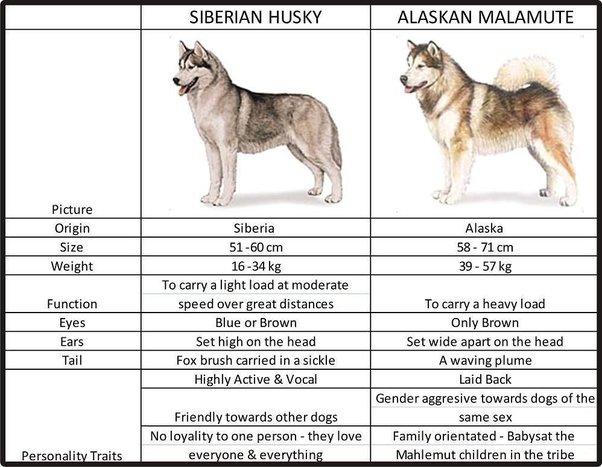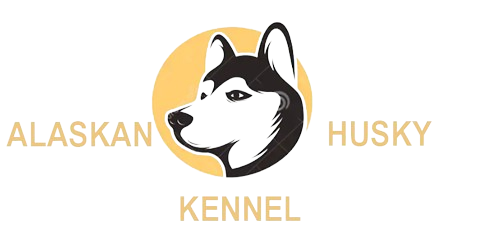ALASKAN ARE GOOD WITH CHILDREN AND VERY PROTECTIVE
Welcome to our site
ALASKAN & HUSKY KENNEL
We are passionate puppy lovers with 28 years of experience and we specialize in producing various breeds with amazing quality, health, structure, charisma, and temperament. Our goal is to produce quality puppies that will be placed in loving family/show homes.
Brief story about Alaskan Malamute and Siberian Husky
Alaskan Malamute
Alaskan Malamutes are among the most-ancient breeds of dogs. Their ancestors likely reached North America and the region of Alaska thousands of years ago by crossing the Bering Strait from Siberia. The breed was popular among miners needing sled dogs during the gold rush of the 1800s, and Mals accompanied Richard E. Byrd on his exploration of Antarctica in the early 20th century. The hardy breed also served as rescue dogs during World War II. In addition, filmmaker George Lucas based the Star Wars character Chewbacca on his own Alaskan Malamute, whose name, “Indiana,” was used for another one of Lucas’s blockbuster series, Indiana Jones.
Siberian Husky
The Siberian Husky is a medium-sized working sled dog breed. The breed belongs to the Spitz genetic family. It is recognizable by its thickly furred double coat, erect triangular ears, and distinctive markings, and is smaller than the similar-looking Alaskan Malamute.
The Siberian Husky was originally developed by the Chukchi people of the Chukchi Peninsula in eastern Siberia.They were brought to Nome, Alaska in 1908 to serve as working sled dogs, and were eventually developed and used for sled dog racing.
QUALITY & RELIABILITY
There is little point in getting a puppy that grows into a dog that does nothing but sniffs the crotch and wants to make love to the sofa or worse a neighbor’s leg, embarrassing indeed. There needs to be that flare, love, loyalty, and of course one needs some tricks to smooth over that embarrassing stuff. Then you can say sheepishly “Down boy, bad…well, sorry about that sir… look at this “sit boy; good dog; now look at this, ‘fetch’.” Then you can turn to your company that was rudely violated and say, “You see, he can do other great tricks too.”

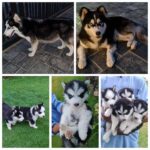
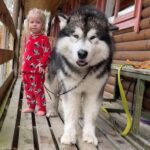
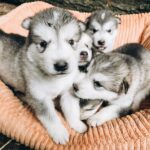
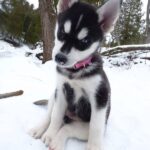
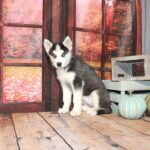
SOME AVAILABLE PUPPIES
SADIE - MALE

Breed : Alaskan Malamute
Age: 10 weeks old
Champion Bloodlines: Yes
Status: AVAILABLE
Registered: Yes
Vet Check: Yes
PRICE: $900 ( Shipping inclusive)
What’s included: Registered/Registrable, Current vaccinations, Veterinarian examination, Health guarantee
COOPER - MALE
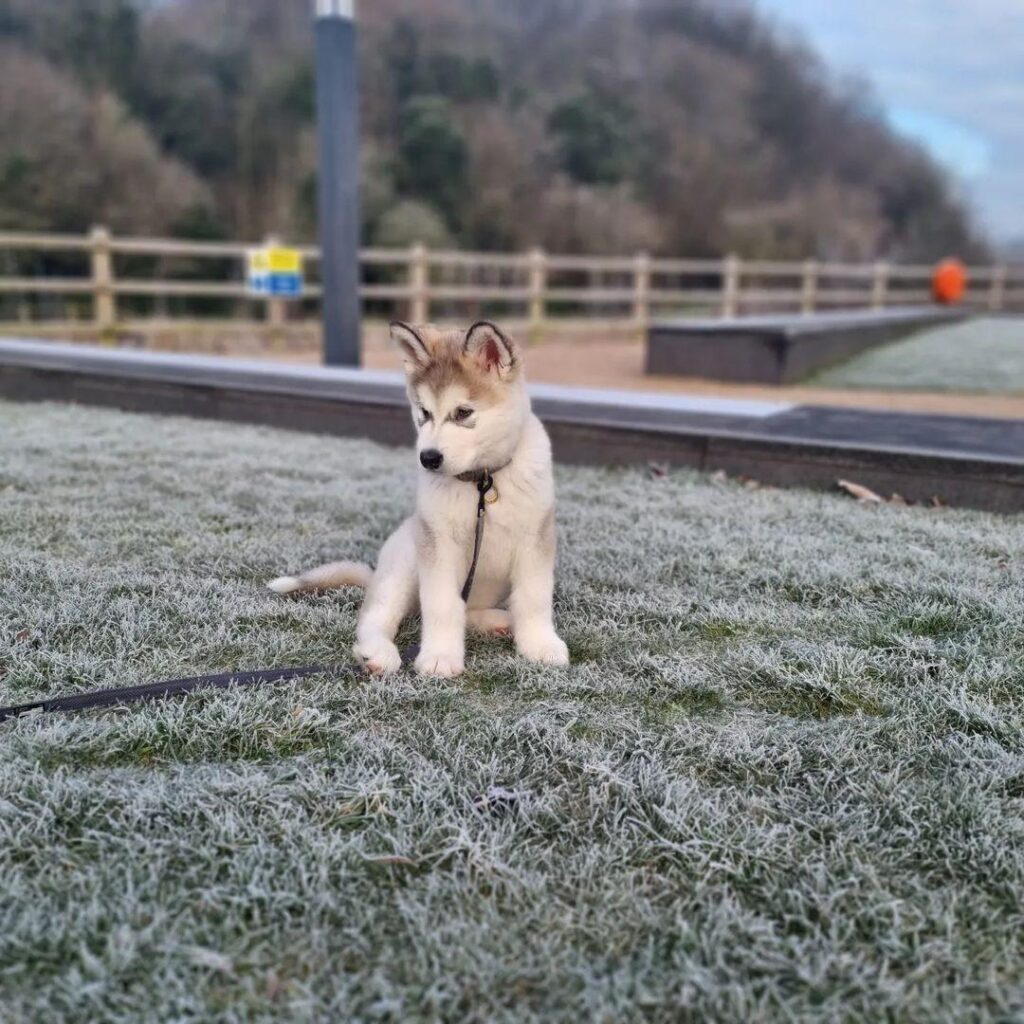
Breed : Alaskan Malamute
Age: 12 weeks old
Champion Bloodlines: Yes
Status: AVAILABLE
Registered: Yes
Vet Check: Yes
PRICE: $900 ( Shipping inclusive)
What’s included: Registered/Registrable, Current vaccinations, Veterinarian examination Health
guarantee
ODIN - FEMALE
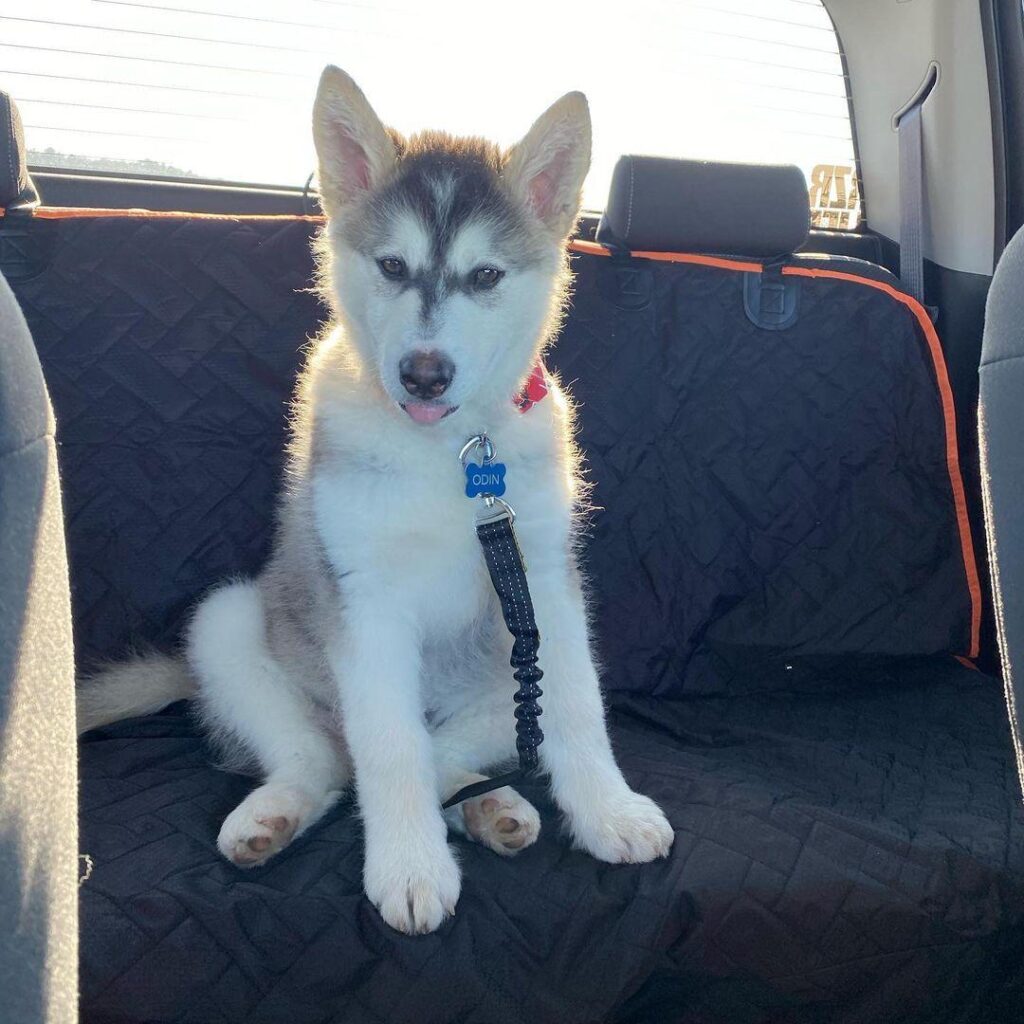
Breed : Alaskan Malamute
Age: 12 weeks old
Champion Bloodlines: Yes
Status: AVAILABLE
Registered: Yes
Vet Check: Yes
PRICE: $900 ( Shipping inclusive)
What’s included: Registered/Registrable, Current vaccinations, Veterinarian examination Health
guarantee
FIFA- MALE
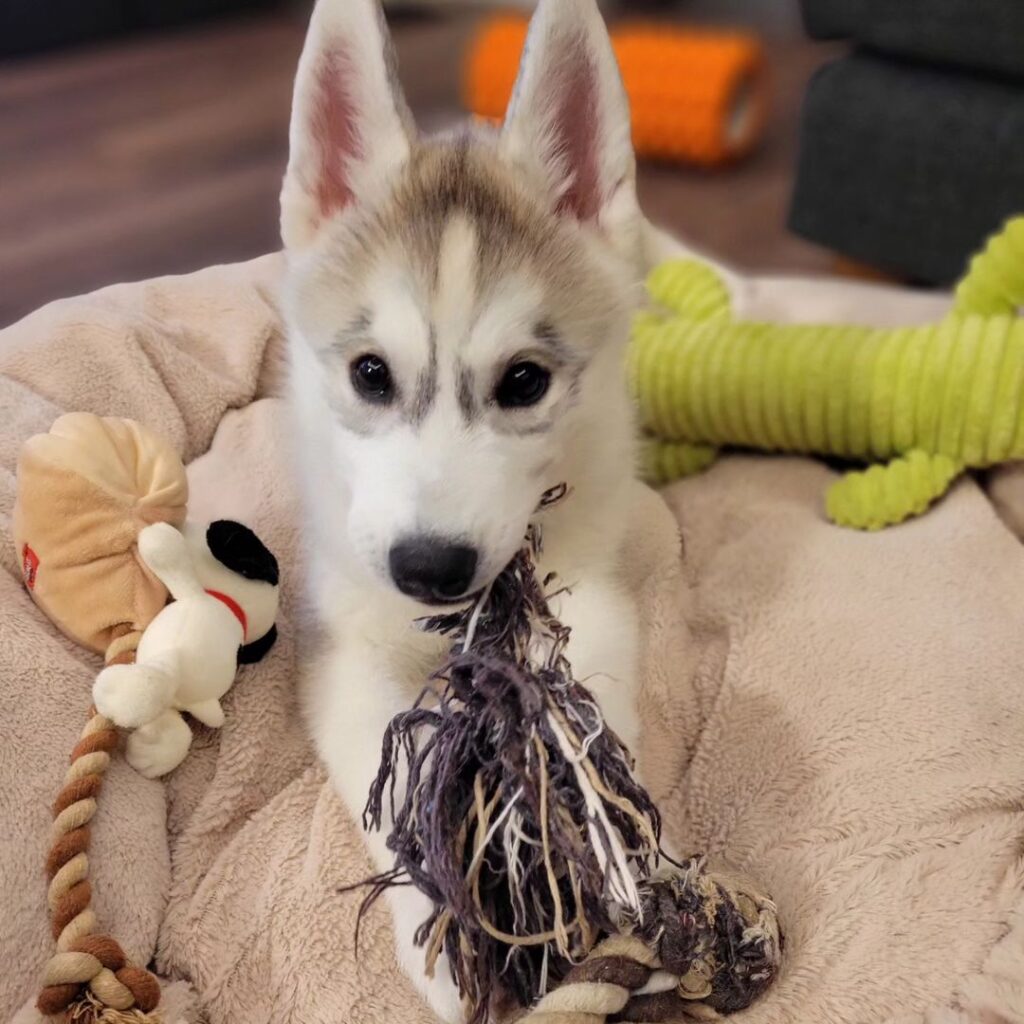
Breed : Siberian Husky
Age: 10 weeks old
Potty Trained: Yes
Status: AVAILABLE (Yes and ready to go)
Registered: Yes
Vet Check: Yes
PRICE: $900 ( Shipping inclusive)
What’s included: Registered/Registrable, Current vaccinations, Veterinarian examination Health
guarantee
BUSH- MALE
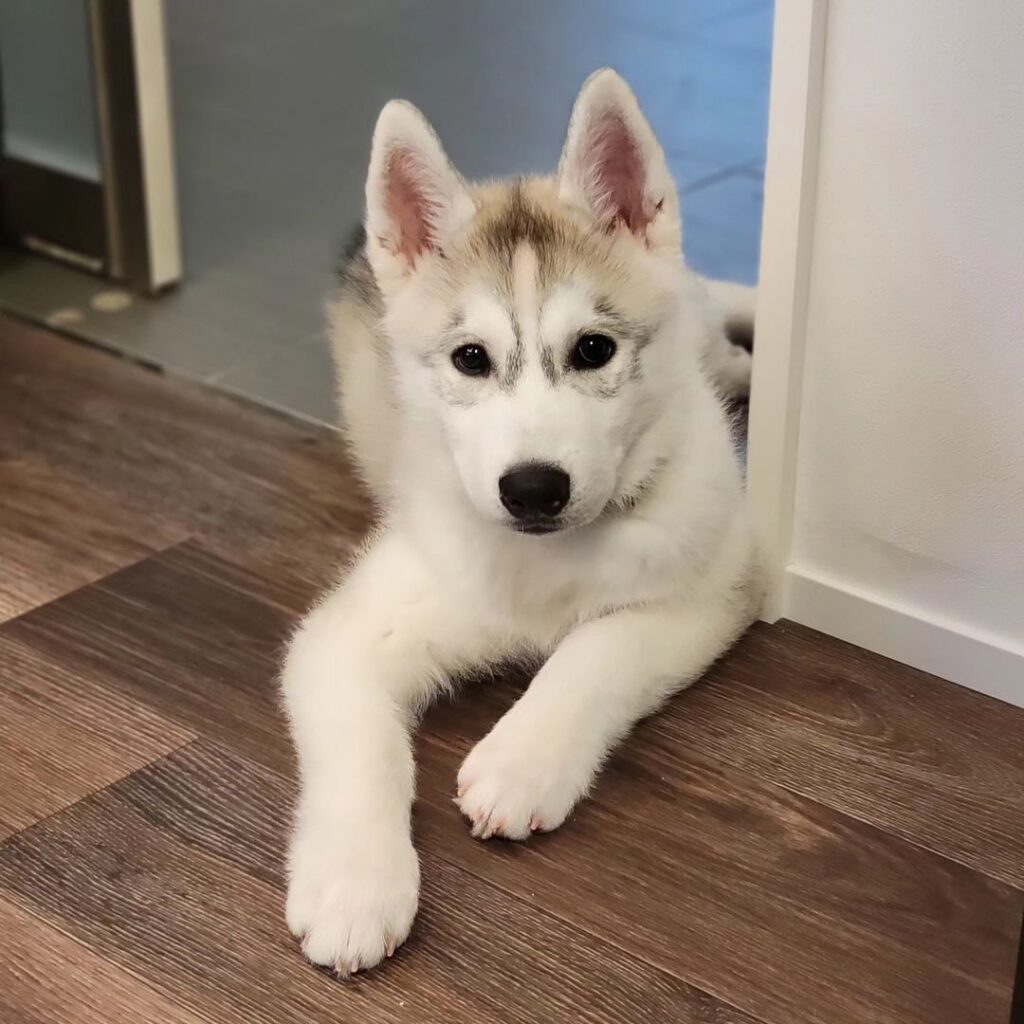
Breed : Siberian Husky
Age: 10 weeks old
Potty Trained: Yes
Status: AVAILABLE
Registered: Yes
Vet Check: Yes
PRICE: $900 ( Shipping inclusive)
What’s included: Registered/Registrable, Current vaccinations, Veterinarian examination Health
guarantee
MICKY- MALE

Breed : Siberian Husky
Age: 10 weeks old
Potty Trained: Yes
Status: AVAILABLE (Yes and ready to go)
Registered: Yes
Vet Check: Yes
PRICE: $900 ( Shipping inclusive)
What’s included: Registered/Registrable, Current vaccinations, Veterinarian examination
Health guarantee
LOKI - MALE
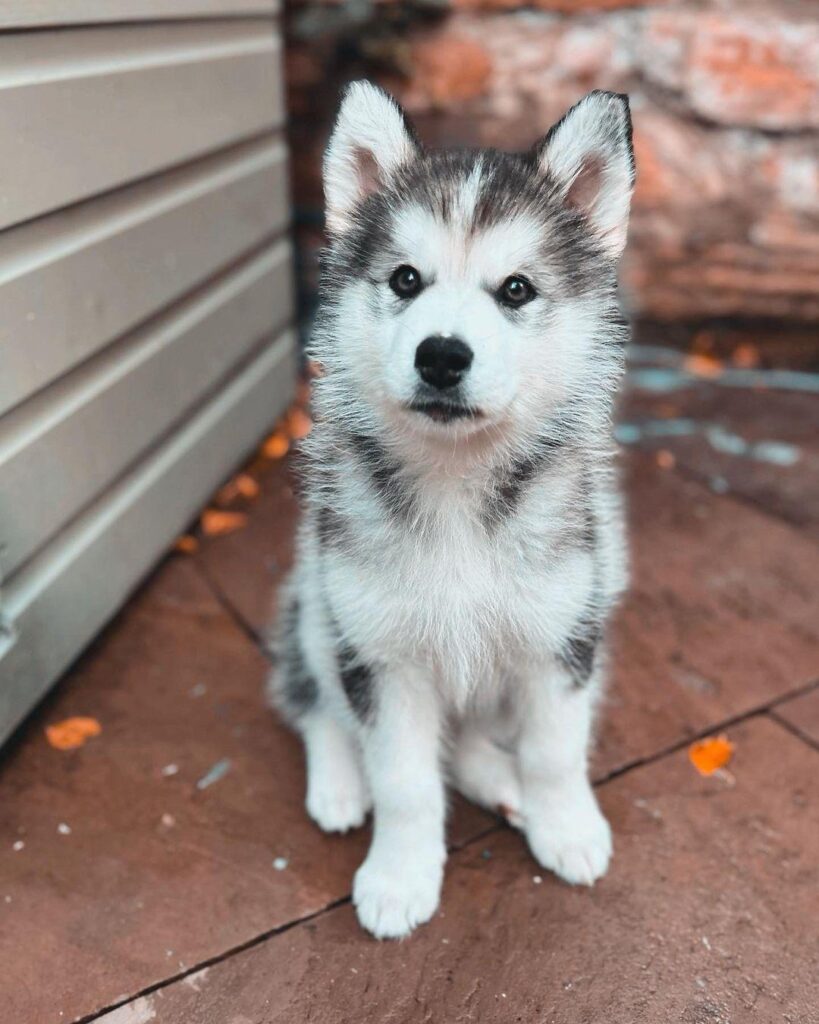
Breed : Alaskan Malamute
Age: 10 weeks old
Champion Bloodlines: Yes
Status: AVAILABLE
Registered: Yes
Vet Check: Yes
PRICE: $900 ( Shipping inclusive)
What’s included: Registered/Registrable, Current vaccinations, Veterinarian examination, Health guarantee
JAX - MALE
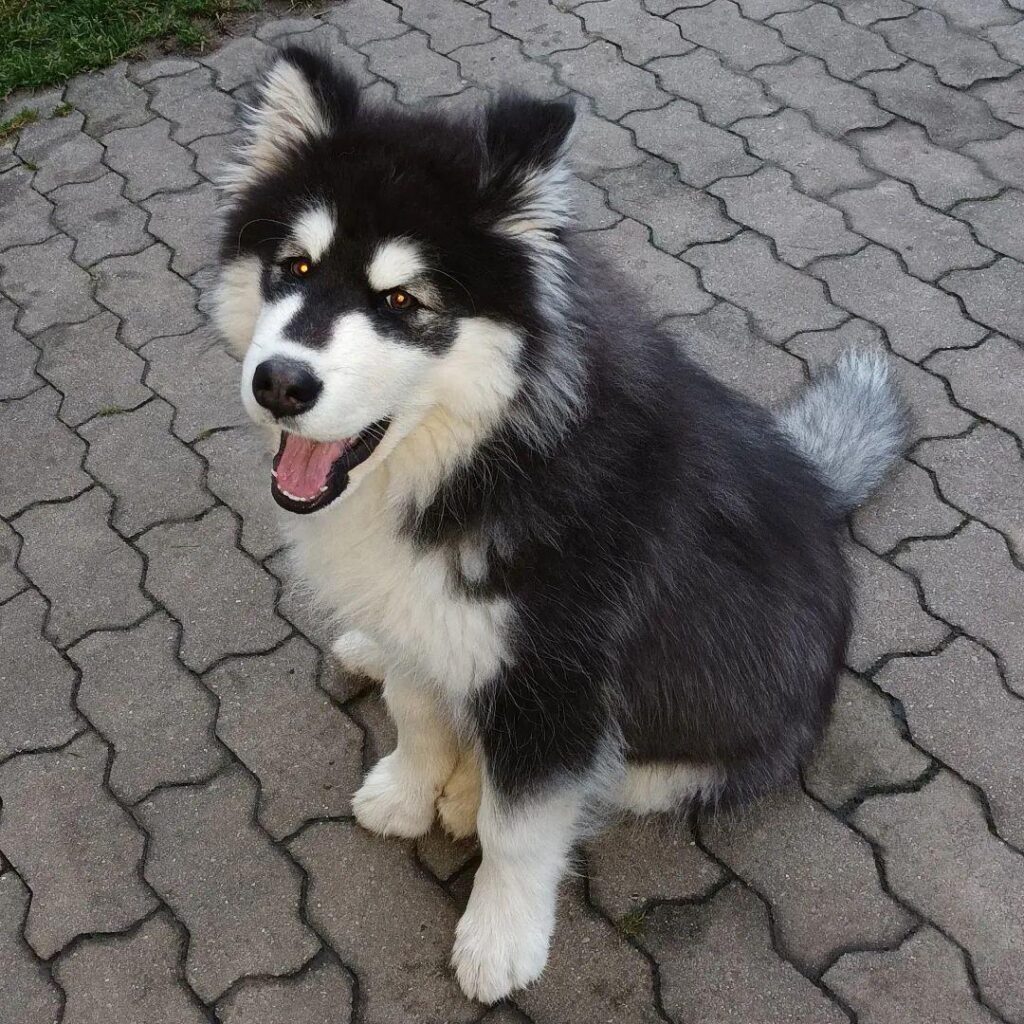
Breed : Alaskan Malamute
Age: 12 weeks old
Champion Bloodlines: Yes
Status: AVAILABLE
Registered: Yes
Vet Check: Yes
PRICE: $900 ( Shipping inclusive)
What’s included: Registered/Registrable, Current vaccinations, Veterinarian examination Health
guarantee
JACK - MALE

Breed : Alaskan Malamute
Age: 10 weeks old
Champion Bloodlines: Yes
Status: AVAILABLE
Registered: Yes
Vet Check: Yes
PRICE: $900 ( Shipping inclusive)
What’s included: Registered/Registrable, Current vaccinations, Veterinarian examination, Health guarantee
CHLOE- FEMALE

Breed : Siberian Husky
Age: 10 weeks old
Potty Trained: Yes
Status: AVAILABLE
Registered: Yes
Vet Check: Yes
PRICE: $900 ( Shipping inclusive)
What’s included: Registered/Registrable, Current vaccinations, Veterinarian examination Health guarantee
SUSIE- FEMALE

Breed : Siberian Husky
Age: 10 weeks old
Potty Trained: Yes
Status: AVAILABLE
Registered: Yes
Vet Check: Yes
PRICE: $900 ( Shipping inclusive)
What’s included: Registered/Registrable, Current vaccinations, Veterinarian examination Health
guarantee
BILLY- MALE

Breed : Siberian Husky
Age: 10 weeks old
Potty Trained: Yes
Status: AVAILABLE (Yes and ready to go)
Registered: Yes
Vet Check: Yes
PRICE: $900 ( Shipping inclusive)
What’s included: Registered/Registrable, Current vaccinations, Veterinarian examination
Health guarantee
WHAT SOME OF OUR CLIENTS ARE SAYING ABOUT US
Is a Malamute a Husky?
The short answer? No. They’re different breeds. While they’re both from the Spitz family and are both Arctic working dogs (i.e sled dogs), they originate from different places, and have slightly different working histories.
Difference between the Alaskan Malamute and Siberian Husky history
When it comes to their origins, the Alaskan Malamute was bred to haul travellers (the Mahlemut tribe) and their heavy loads across long distances at a slow, steady speed. It’s thought that the Alaskan Malamute is one of the oldest Arctic sled dogs, and that they descend from wolves that spent their days pulling sleds filled with travellers from the Bering Strait and into North America.
Like the Husky, Alaskan Malamutes were bred to work under harsh conditions on very little to eat. These working dogs were ‘part of the family’, as our pets are today, except they were allowed to hunt, carry packs, and of course, pull sleds.
These hardy pooches succeeded in their mission: to haul their Mahlemut tribe families to Northern America. During Alaska’s gold rush, the dogs were almost bred-out. There was a need for working dogs, so people bred dogs from outside of Alaska with the Alaskan Malamute to meet the demand. Fortunately, the breed managed to live on because of the dogs still living in remote areas with the Mahlemut tribe, who hadn’t been bred with other dogs.
The Siberian Husky, on the other hand, is from Northern Asia. They were bred to run as fast as possible, carrying lighter loads than the Alaskan Malamute. In fact, they were well-known for winning sled races at the start of the 20th century, and according to the American Kennel Club, they’re the 14th most popular pet.
As the name suggests, these cuties were originally bred in Northern Asia to work on little food. One of the core aims of the travellers at the time was to find other food sources, which was scarce for them and their accompanying four-legged friends. These dogs were used to some of the harshest conditions around, and after years of breeding and conditioning, they became super efficient at ingesting and storing the energy they needed for their hard work and of course, to survive.
Both of these pooches are well adapted for working on little food across harsh, seriously cold conditions – ideal for sledding. The difference between their sledding abilities though, is that the Alaskan Malamute is able to haul heavy loads for long periods of time at a slow pace. The Siberian Husky on the other hand, was bred to carry lighter loads, but at a much faster pace.
Alaskan Malamute vs. Siberian Husky personalities
Although originally bred for strength and endurance, Alaskan Malamutes are friendly and affectionate pooches. And it’s no surprise that they’re loyal dogs – their working roles required them to have a serious level of dedication to their pack of two and four-legged friends. While some can get on well with other animals, their high prey drive means they can be prone to stalk and sometimes even kill other pets or garden visitors. So, if you’d rather not take the risk, have an Alaskan Malamute as your soul four-legged companion.
The Siberian Husky is equally intelligent, having been bred for similar purposes as their Alaskan cousins. Huskies make for great pets – they’re also affectionate, gentle and friendly. Again, most likely due to their history, these pups are alert and always ready to get moving. While enjoying the company of their four-legged friends, Huskies won’t be pestering you for cuddles, like some other breeds.
Differences between Alaskan Malamute and Siberian Husky appearance
Alaskan Malamute vs. Husky size
Alaskan Malamute can grow between 22 and 25 inches tall, and can weigh between 70 and 94 pounds. Huskies are a little smaller, growing between 19 and 23 inches, and weighing between 35 and 59 pounds. And if you think about their heritage, it makes sense. The Husky was built for short, fast sledding journeys, while the Alaskan Malamute was built for the opposite: long journeys at slow paces, with heavy loads.
Alaskan Malamute vs. Siberian Husky coat
While their markings have some similarities, the coat of the Siberian Husky is the same length all over and lays pretty smooth. The Alaskan Malamute however, has a longer coat over their shoulders, neck, back, and rump, with a coarser texture than their Siberian cousins. Both breeds have thick, double coats due to the cold conditions they’re well adapted for.
Both breeds tend to have similar colours, with a mix of black, white, grey, and sometimes rust. The more notable differences in their coats is probably their markings: Malamutes tend to have more of a mix of colours, fading between the two, whereas the Husky markings tend to be more defined. Both can have somewhat of a white heart shape on their faces, defined by a grey or black background with white underbellies. Their stunning markings can fade as they age, and tend to be most defined in Huskies during the (adorable) puppy years.
One more thing to note about these two cuties and their coats – their tails! Malamutes have pretty bushy tails which spill out into a feathery plume over their backs. Huskies on the other hand have a less bushy tail that points downwards.
Alaskan Malamute vs. Siberian Husky face and head
If you compared a picture of these two powerful pooches side by side, you’d also see quite a few differences in their facial features and head shape. The Husky’s muzzle is narrower than the Malamute’s, which is bulkier. When it comes to the ears, the Malamute’s point forward ever so slightly, while the Siberian’s point directly upwards. While Siberian Husky breeds are known for their piercing blue eyes, purebred Alaskan Malamutes tend to have mid to dark brown eyes.
If you compared a picture of these two powerful pooches side by side, you’d also see quite a few differences in their facial features and head shape. The Husky’s muzzle is narrower than the Malamute’s, which is bulkier. When it comes to the ears, the Malamute’s point forward ever so slightly, while the Siberian’s point directly upwards.
Alaskan Malamute vs. Siberian Husky – what’s better for me?
Let’s take a look at some of the personality, energy, health, training and grooming differences between the Alaskan Malamute and Siberian Husky. And if you can’t decide, check out if your local shelter has an Alaskan Malamute Siberian Husky mix, otherwise known as an Alusky dog. Like their four-legged parents, they’re super active and need to stick to consistent training.
